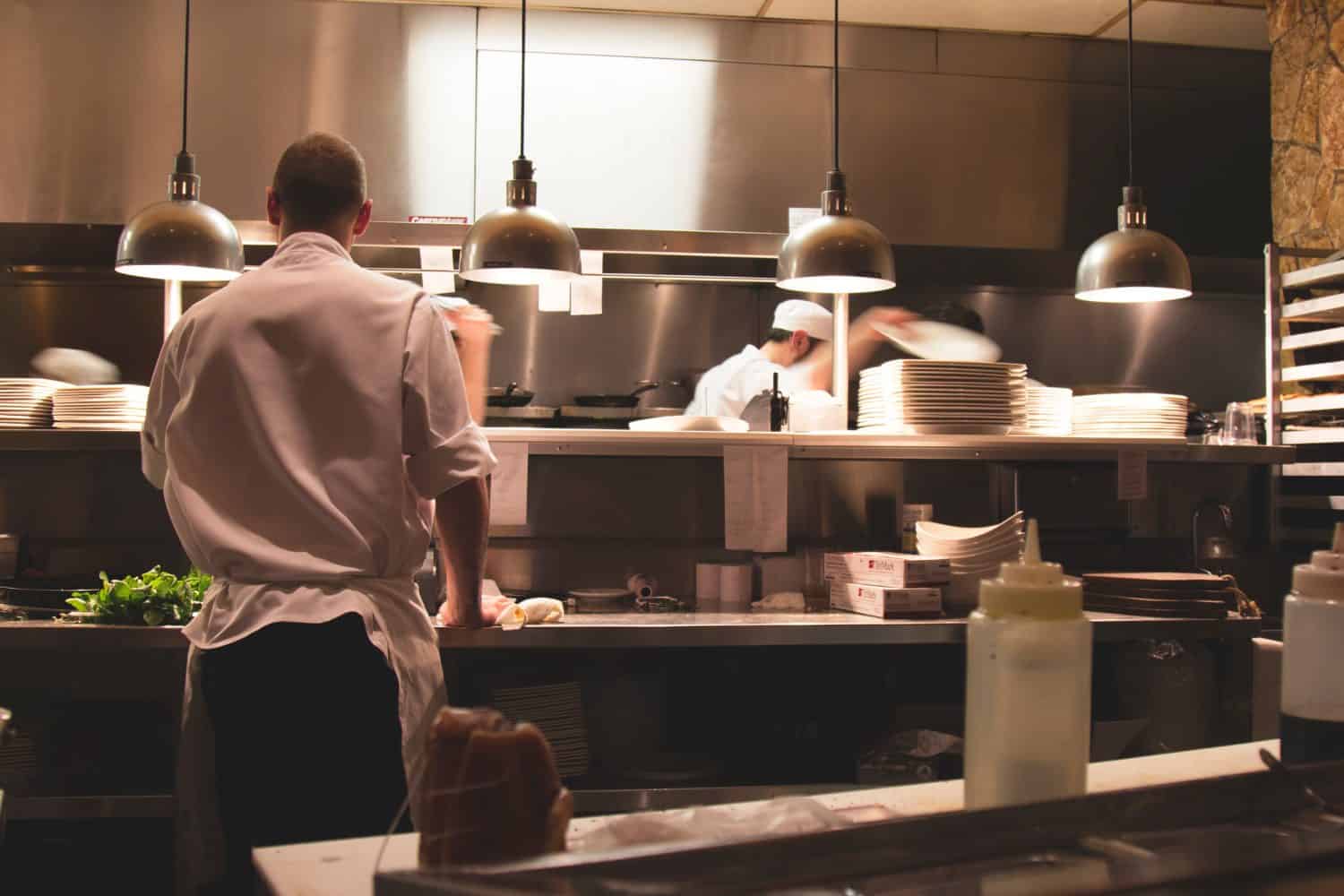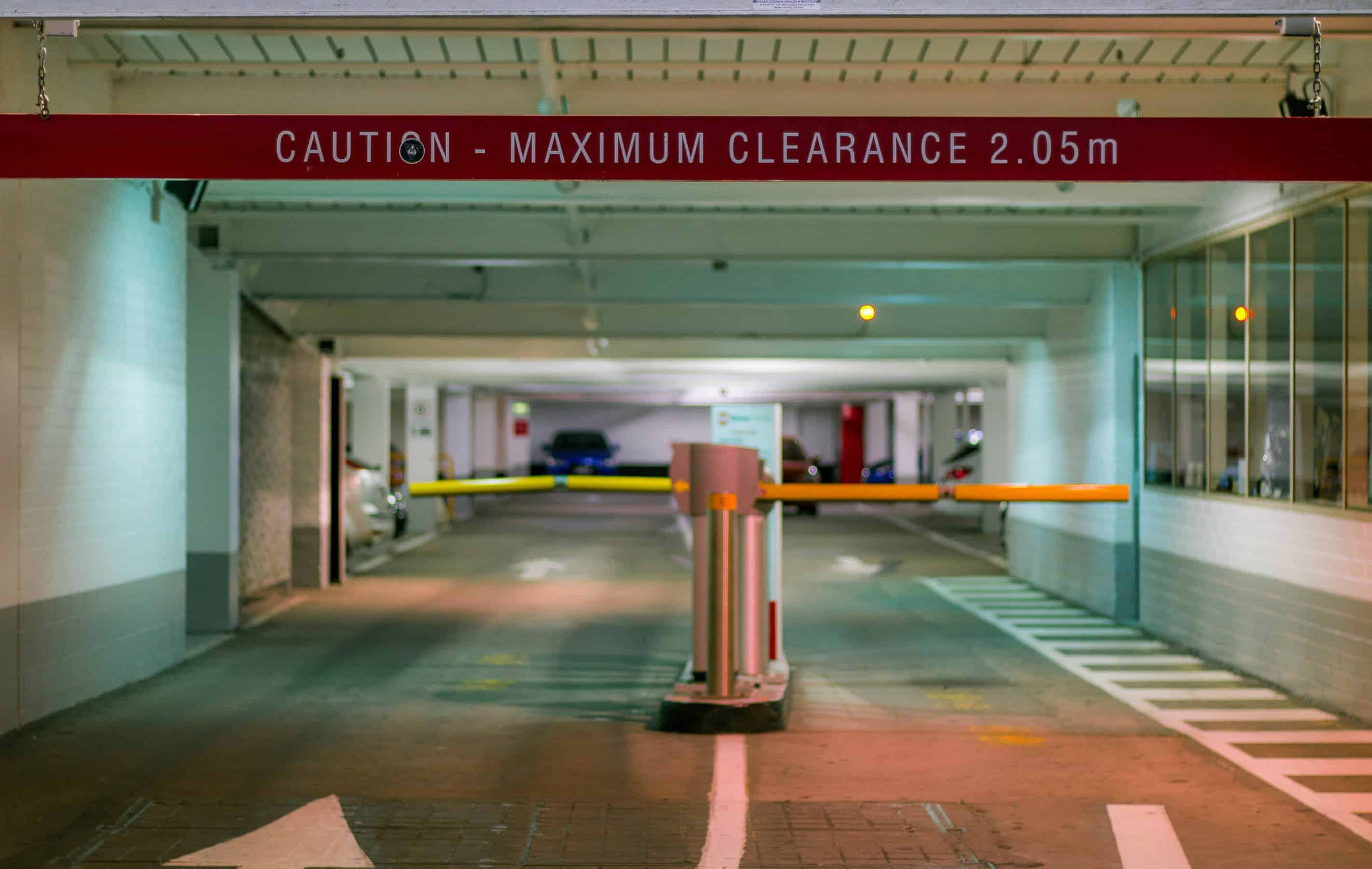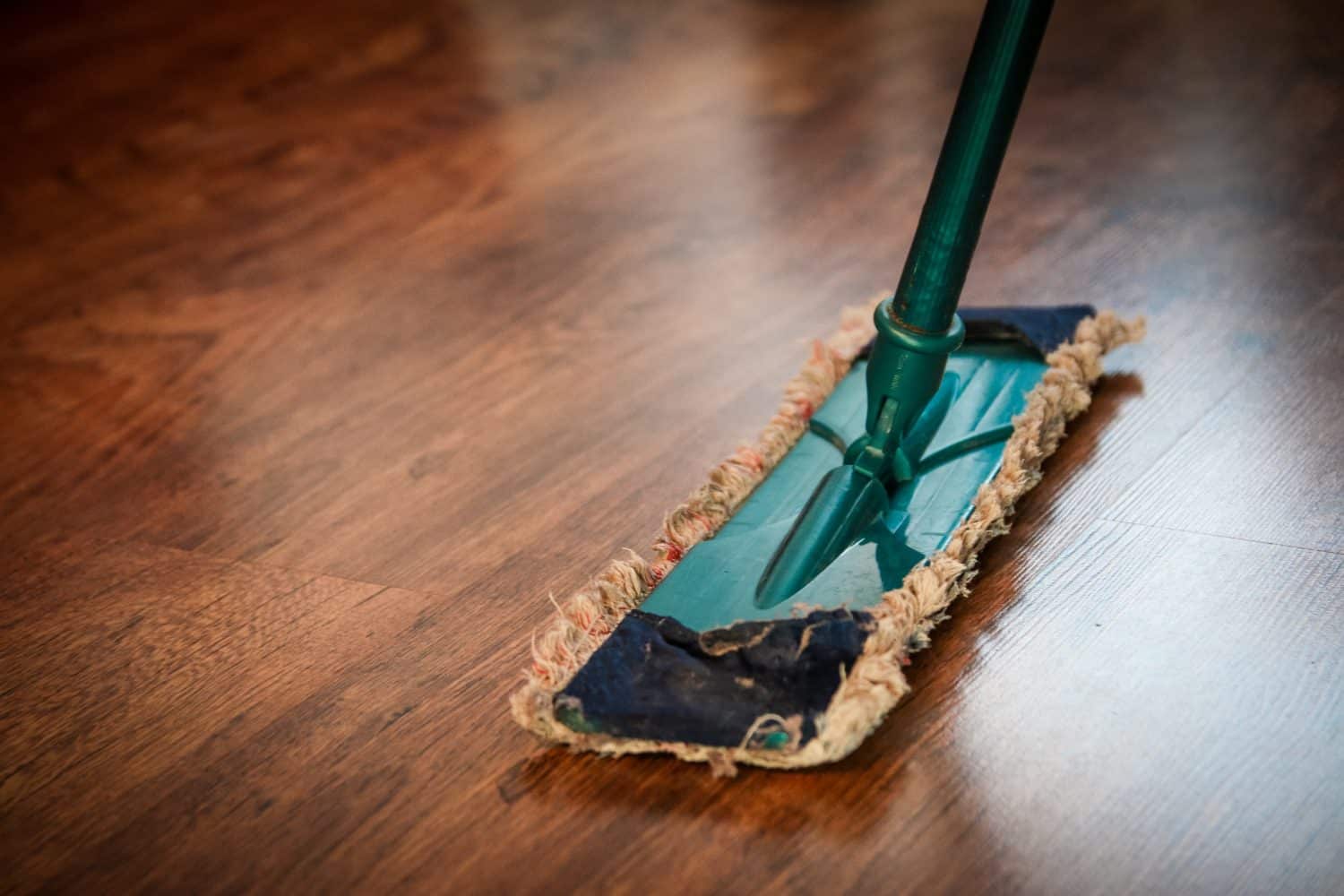Contxto – When you consider ordering food through Rappi, you might think it is coming from that favorite restaurant of yours. Nonetheless, due to the high demand for takeaway food, Rappi has started lobbying for a new method to optimize time and space for restaurants. Here enters the “Dark Kitchens.”
In Summary
The Colombian scale-up, Rappi, expects to end the year with more than 300 self-built Dark Kitchens. This new format is trending in the last-mile delivery industry. Basically, they consist of closed-up facilities without any front-end or physical space for on-site dining.
These little “boxes” ease the burden for companies like Rappi to onboard and expand restaurant partners. In short, they are kitchens without any chairs and tables for customers. For this reason, brands can grow their sales and operations at one-fourth of the cost of launching a new restaurant with proper decoration, furniture, and staff.
The new method pioneered by Deliveroo in the UK has been adopted by the Latin American unicorn, and for good reason. Rappi has already built eight of these little “plazas” where various restaurant kitchens coexist in one space.
In-Depth
Currently, there are ten of these “hubs” across Colombia, according to Sebastián Solanilla, Director of Growth Projects in Rappi. Besides Colombia, there are hubs in Brazil, Chile, and Peru. Some of these are already operating while others are still under construction or in the works.
This new format is not only helpful for restaurant operations and growth, but also for users. Due to the physical proximity between different “kitchens,” users can order products from different restaurants that arrive within the same order. So, if you’re craving fried chicken with some sushi, by all means, go for it.
According to Mario Albarracín, Rappi’s Vertical Leader of Latam Restaurants, the beauty of this format revolves around launching a business with less risk.
“We’ve calculated approximately, varying, the average investment of a dark kitchen costs 20, 22, 25 percent of what it costs to start a regular restaurant,” he said. “We’re able to improve restaurant’s net margin by about five to eight percent.”
These are the kitchens of up to 18 meters that, according to Solanilla, must fulfill required security and hygiene standards. Another condition is that restaurants have to generate at least US$30 million per month at regular points of sale. On top of that, they must be exclusively partnered in Rappi without any coverage in the area.
Regarding recent sanitation concerns, Solaninlla confirms that Rappi frequently visits these kitchens to verify product quality.
There’s also a trend in digital restaurants, meaning they only serve food via the app. To validate these partnerships, Rappi officials meet the team and analyze whether or not they would be a good fit. Allegedly, officials also consult data to conduct this process.
“The key is the product,” said Alejandro Galvis, Rappi’s chief of staff. “It has to be a hit and very good.”

-VC






